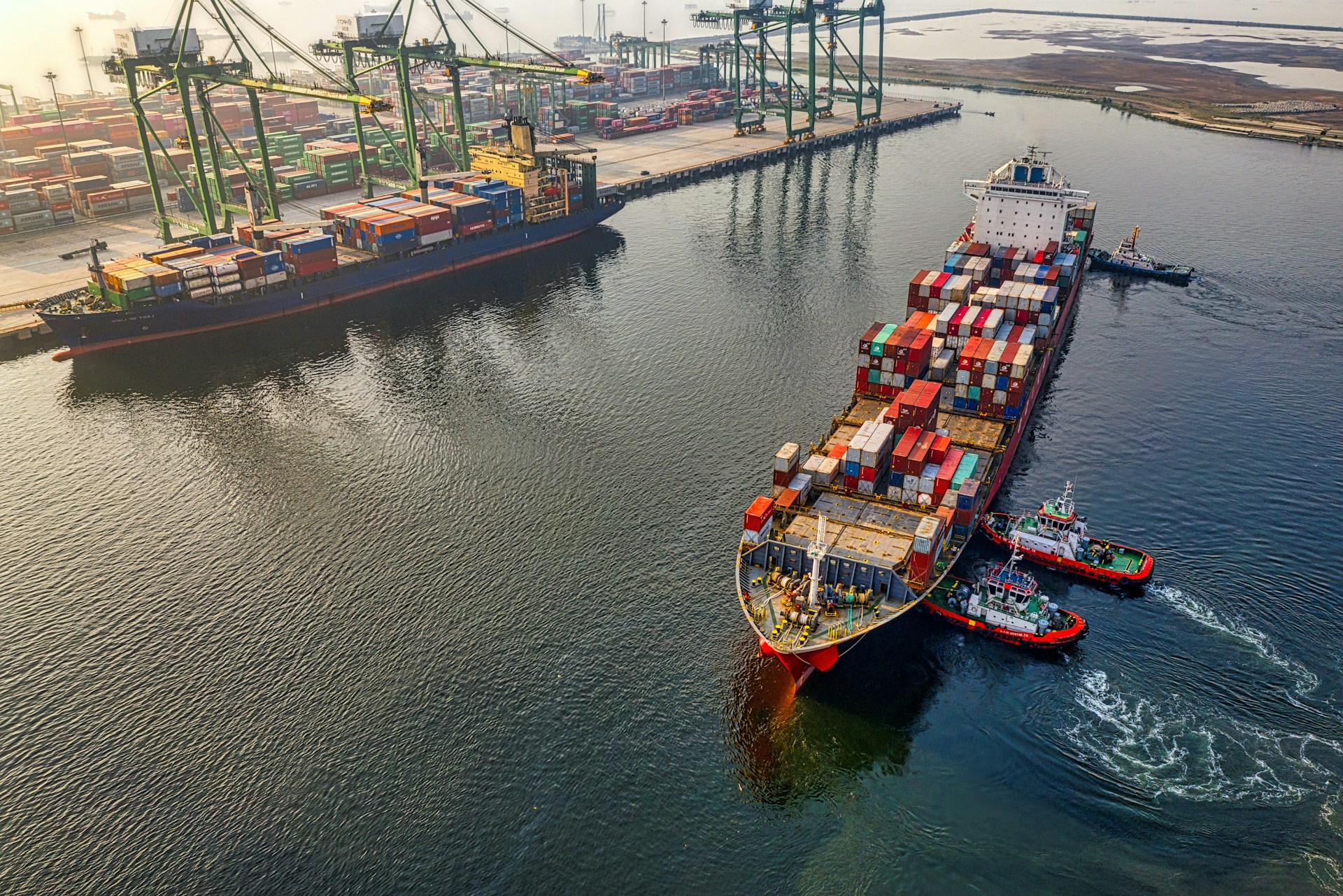In an interconnected world, businesses belonging to diverse sectors are looking to build a global presence. International trade can bring growth in abundance for businesses when done strategically. However, it comes with its share of risks, one of which is non-payment by foreign buyers. This is where the many benefits of export credit insurance come to the rescue.

What is export credit insurance?
It is a specialized form of insurance that provides a higher degree of financial security for businesses involved in international trade. Export credit insurance is a tool that protects exporters against the risk of non-payment by foreign buyers. It helps businesses engage in international trade with confidence, knowing that they will be compensated even if their foreign customers fail to make payments.
In this blog, we will delve into the advantages of export credit insurance, and understand how it plays a pivotal role in facilitating global trade.
8 Key Benefits Of Export Credit Insurance
In an era of globalization and international trade, export credit insurance is a vital tool for businesses seeking to mitigate risks and explore new horizons. It offers protection against payment risks, enhances confidence to enter new markets, and fosters stronger and more sustainable trade relationships. Let’s take a closer look at each of its key benefits:
- Payment Risk Mitigation:
When businesses export goods to foreign markets, they often face uncertainties related to the creditworthiness of their foreign buyers. Export credit insurance provides a safety net, ensuring that exporters will receive payment even if the foreign buyer defaults. This is crucial for businesses as it enables them to trade with confidence and expand their market reach.
- Exploring New Markets:
Exporting to new markets can be a challenging task particularly when dealing with unfamiliar buyers and economic conditions. Export credit insurance offers businesses the confidence to explore new markets and take calculated risks. With the assurance that payment is guaranteed, exporters are more likely to venture into regions and industries.
- Better Terms For Credit Sales:
International trade often involves selling goods and services on credit, allowing buyers time to pay. While this can be advantageous in attracting customers, it also introduces the risk of non-payment. Export credit insurance empowers businesses to offer credit terms to their foreign buyers without compromising their financial stability.
- Improved Credit Risk Management:
Export credit insurance firms specialize in assessing the creditworthiness of foreign buyers. They provide valuable insights into the financial stability of the buyers, helping businesses make informed decisions about pursuing trade with certain partners. This risk management minimizes the chances of engaging with high-risk customers, reducing potential losses.
- Protection Against Political & Commercial Risks:
Export credit insurance also protects against political and commercial risks. Political risks include changes in foreign government policies, trade restrictions, and currency exchange rate fluctuations. Commercial risks encompass insolvency or bankruptcy of the foreign buyer, non-acceptance of goods, and contractual disputes.
- Competitive Advantage:
In a competitive global marketplace, having export credit insurance can provide a significant advantage. It allows businesses to offer competitive pricing and terms to their international customers, making their products or services more attractive. This competitive edge can lead to increased sales and market share.
- Long-Term Collaborations:
Export credit insurance fosters confidence in long-term trade relationships. When businesses know they have financial protection, they are more inclined to establish and nurture relationships with foreign buyers. This trust is essential for the sustainability of international trade partnerships, as it encourages repeat business and ongoing collaboration.
- Quick Access To Financing:
Export credit insurance can also help businesses access financing. Lenders are often more willing to extend credit to businesses that have export credit insurance in place, as it mitigates the risk associated with international transactions. This access to financing can be instrumental in expanding export operations and seizing new opportunities in the global market.
How Does Export Credit Insurance Work?
With export credit insurance, businesses can compete more effectively in the global markets, while navigating the complexities of cross-border commerce with greater ease. This is how export credit insurance works:
- Application & Underwriting:
Exporters interested in obtaining export credit insurance first apply to an export credit insurance provider. The insurer conducts an underwriting process to assess the creditworthiness of the foreign buyer.
- Policy Issuance:
Once the application is approved, the export credit insurance provider issues a policy to the exporter. This policy outlines the terms and conditions of the insurance coverage, including the coverage limits, premiums, and any specific requirements or exclusions.
- Insurance Premium:
Export Transaction:
- Export Transaction:
With the export credit insurance policy in place, the exporter can proceed with the international transaction, whether it involves the sale of goods or services. The exporter ships the goods or delivers the services to the foreign buyer as per the agreed-upon terms.
- Claim Process:
If the foreign buyer fails to make payment for the goods or services within the agreed-upon credit terms, the exporter can file a claim with the export credit insurance provider. The claim typically includes documentation that demonstrates the non-payment.
- Claim Assessment:
The export credit insurance provider assesses the validity of the claim and reviews the documentation provided. They may also conduct investigations into the financial stability of the foreign buyer and assess the reasons for non-payment.
- Compensation:
If the claim is approved, the exporter is compensated by the export credit insurance provider for the outstanding payment. The insurer covers a percentage of the loss, usually a predetermined percentage of the insured amount.
- Recovery & Collection:
After compensating the exporter, the export credit insurance provider may take on the responsibility of trying to recover the outstanding payment from the foreign buyer. Any funds recovered are shared with the exporter according to the terms of the insurance policy.
Get Tailored Export Factoring Solutions with Tradewind Finance
Tradewind Finance specializes in cross-border transactions and finances trade globally for sales made on open accounts, letters of credit, and documentary collections payment terms. We solve short-term cash flow issues by purchasing your company’s accounts receivable in exchange for an advance of up to 95% of the total invoice value. You also get the flexibility to choose the best avenue to make the most of Export finance and Supply Chain Finance.
In addition to factoring your export accounts receivable, we can also finance your full supply chain. Our global supply chain finance programs can support facilities based on payables, receivables, and inventory. Using purchase order funding, inventory lending, letters of credit, and structured guarantees, our financing helps align the needs of both buyers and sellers. To know more about our export factoring solutions, contact us now!



